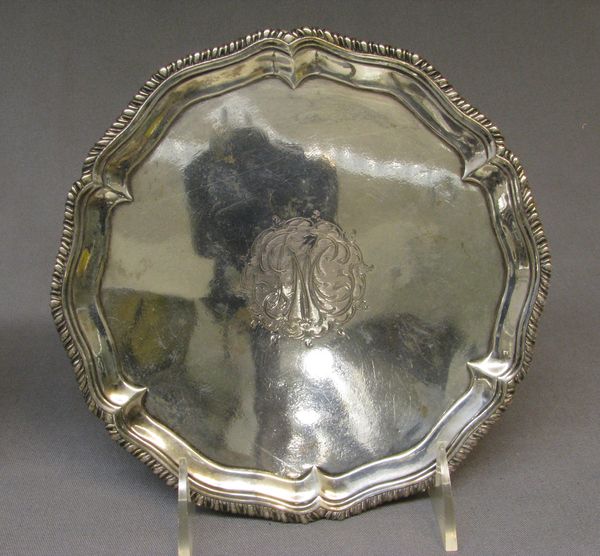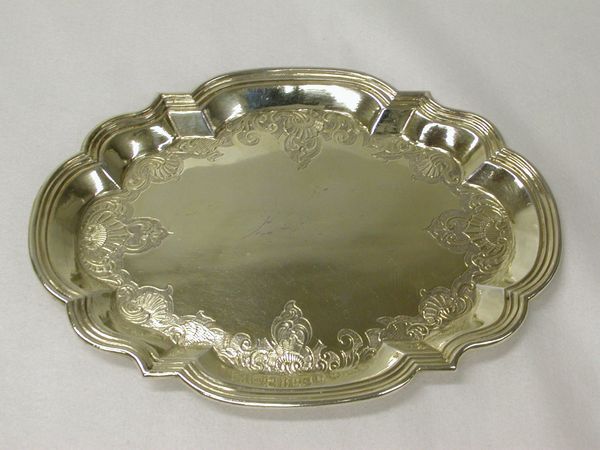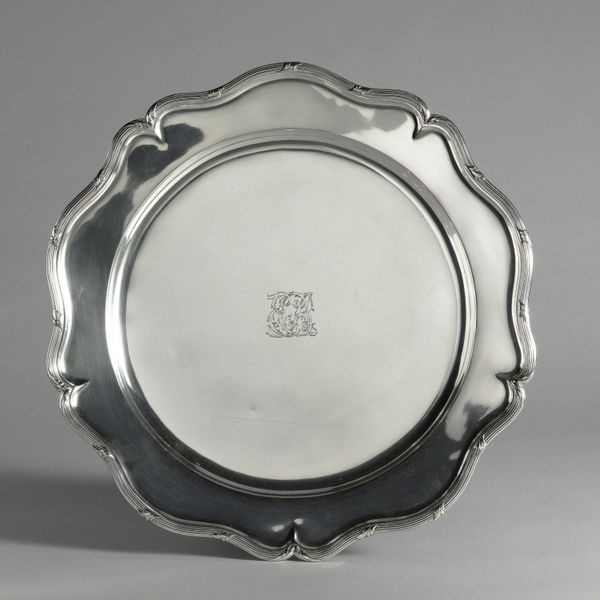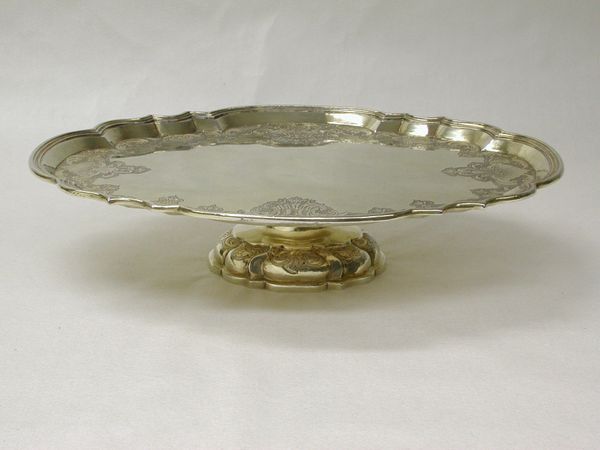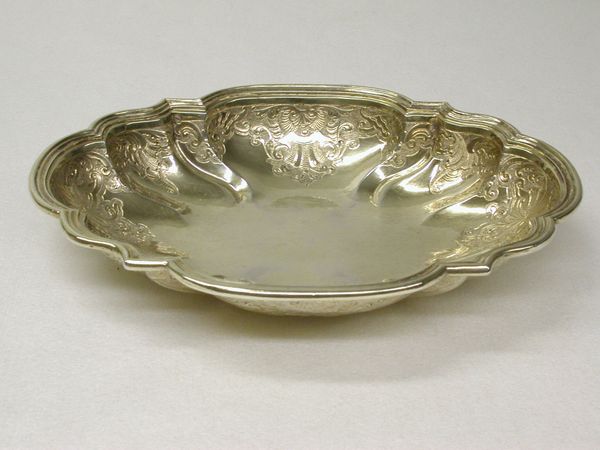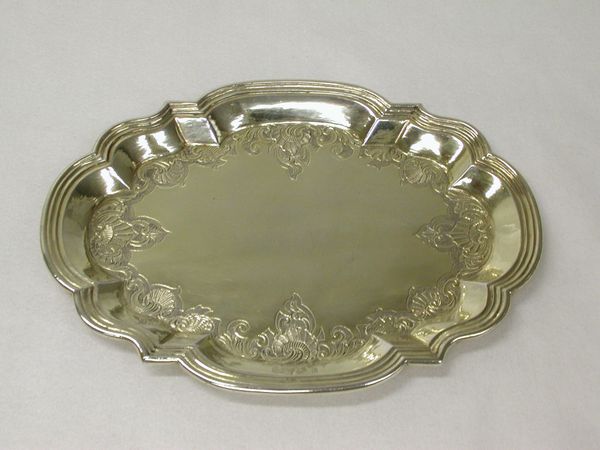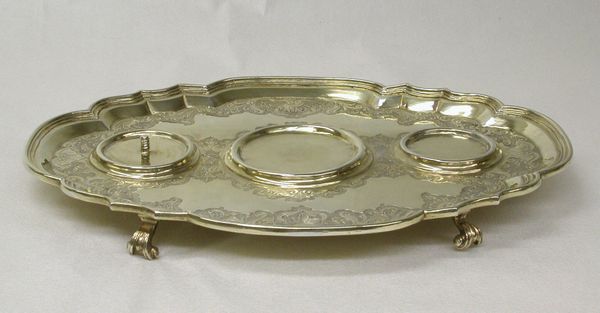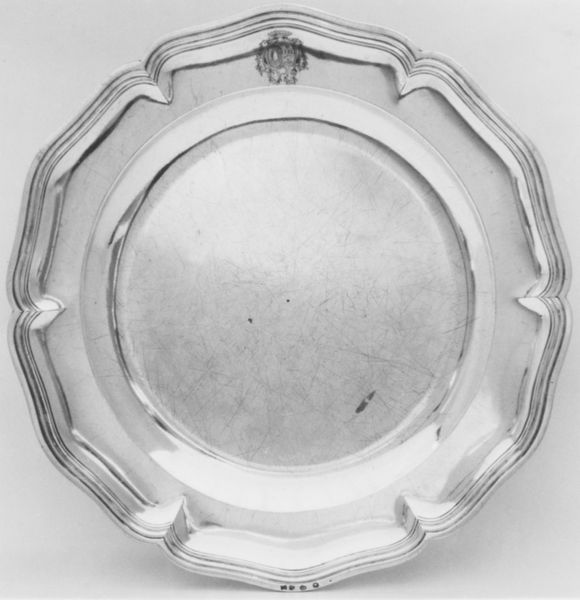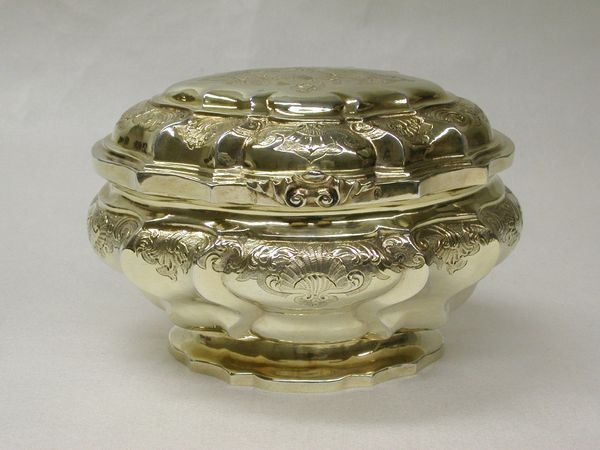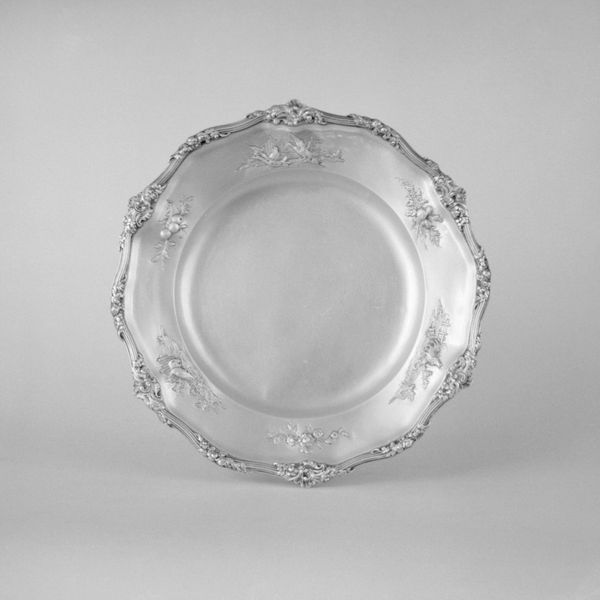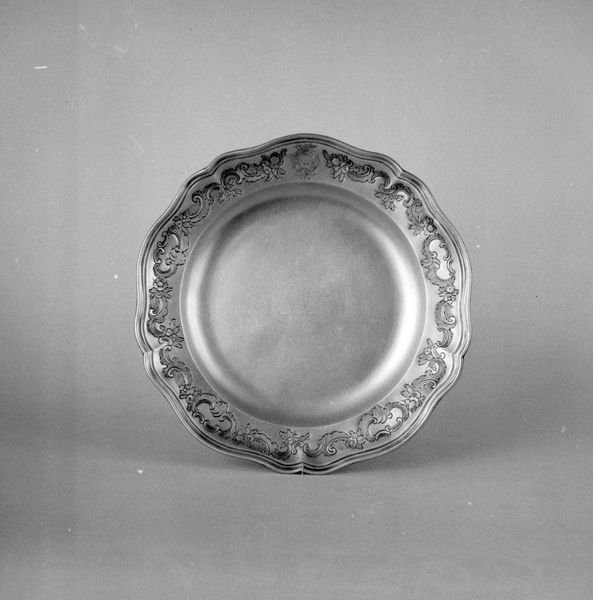
silver, sculpture
#
silver
#
baroque
#
sculpture
#
sculpture
#
decorative-art
Dimensions: Overall: H. 1 x Diam. 8 9/16 in. (2.5 x 21.7 cm)
Copyright: Public Domain
Editor: Here we have a beautiful "Stand for écuelle," crafted from silver sometime between 1738 and 1750 by Abraham Drentwett IV. I'm really struck by the elaborate detail; it seems almost unnecessarily opulent for a dish stand. What kind of context would lead to an object like this being created? Curator: Excellent observation! The opulence isn't accidental. Silverware, especially in the Baroque period, served a significant social function. It signaled wealth and status, a very public display of power. Think about where this piece would have been used: elite dining rooms, reinforcing social hierarchies. Editor: So, it's less about functionality and more about…messaging? Curator: Exactly! And consider the "écuelle" itself – a covered dish often used for soup or broth, associated with invalid care and the rituals of the court. This stand elevates the entire act of eating into a performance. Were only functional pieces included in Baroque-era dining settings? Editor: Definitely not, judging from how ornate everything looks. How much does the place of origin affect the context? Curator: Immensely. Silver production was tied to specific economic and political centers. Drentwett was from Augsburg, a major center for goldsmiths' work in the Holy Roman Empire. Understanding Augsburg’s place in trade routes, its guild systems, informs our reading of this object. The guild structure in Germany set high standards which led to more affluent objects like the écuelle dish. Editor: It’s fascinating how an object seemingly so simple carries all these social and historical threads. I never thought about dishware in such a political light before. Curator: Precisely! Art isn't created in a vacuum. By considering the forces that shape production, presentation, and function, we gain a deeper understanding, not only of the art itself, but the culture that it reflected and influenced.
Comments
No comments
Be the first to comment and join the conversation on the ultimate creative platform.
